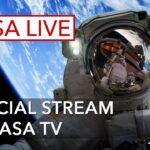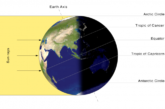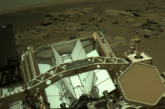After decades of planning, engineering, many delays, and some controversy, it’s finally happening: The James Webb Space Telescope is set to launch at 7:20 am Eastern on Saturday, December 25, making it a long-awaited Christmas present for scientists around the world. (Though further delays are possible. Earlier this week, NASA was eyeing a Christmas Eve launch but changed plans due to bad weather.)
After the telescope launches from French Guiana to a point nearly a million miles away from Earth, it will become the largest telescope in space, capable of showing humanity regions of space (and time) never seen before.
NASA, which is launching the telescope in collaboration with the European Space Agency and Canada, will broadcast the launch live, with a feed scheduled to start at 6 am Eastern. You can stream it below.
Be prepared for a nail-biter. The launch and subsequent deployment are high-stakes for a few reasons:
- The telescope has to pull off a difficult mechanical maneuver: assembling itself, in space. The telescope is so large — about the size of a tennis court — that it needs to launch folded up inside the rocket. Once in space, it needs to deploy and unfold itself, flawlessly, in sequence over the course of several weeks. According to NASA, there are more than 300 “single point failures” involved in the mission. These are technical problems that, if they arise, could doom the whole endeavor. (See how the Webb unfolds in the video below.)
Related
The largest space telescope in history is about to blow our minds
- Because the Webb is being sent so far away — about four times the distance of the Earth to the moon — if anything goes wrong with the telescope mechanically, scientists on the ground will be out of luck. It will not be possible to launch a crewed mission to repair it. (The Hubble Space Telescope, infamously, had to be repaired after it was launched. It’s only 340 miles away.)
- The cost. After being approved in the early 2000s, the telescope was originally supposed to launch in 2010 and cost around $1 billion. Since then, the price tag has ballooned to around $10 billion.
If the Webb survives its journey and deploys according to plan, scientists say it will be a paradigm-shifting telescope in terms of our understanding of the universe.
Why the James Webb Space telescope is such a big deal
The Webb, which is (controversially) named after a former NASA administrator, improves on its predecessor, the Hubble Space Telescope, in two key ways. The first is just its size: Hubble was about the size of a school bus, whereas Webb is more like the size of a tennis court. “This thing is enormous,” Amber Straughn, an astrophysicist at NASA who works on the Webb, said earlier this year. “Webb is by far the biggest telescope NASA’s ever attempted to send into space.”
But it’s not just the total size of the contraption that matters. When it comes to reflecting telescopes like these, the key component is the size of its curved mirror. Hubble’s mirror was an impressive 7.8 feet in diameter. Webb’s beautiful, gold-hued mirrors combine for a diameter of 21.3 feet. Overall, that amounts to more than six times the light-collecting area.
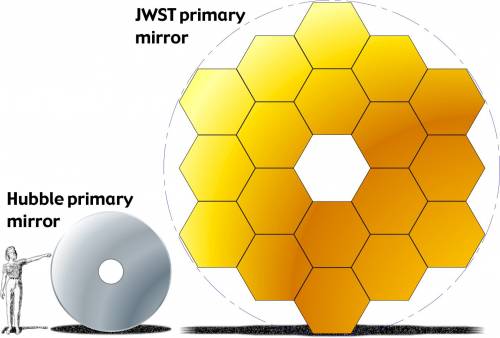
The Webb’s other advantage is the type of light it collects.
Light comes in a lot of different varieties. The human eye can see only a narrow band known as visible light, but the universe contains lots of light outside this range, including the higher-frequency, higher-energy forms: ultraviolet, X-rays, gamma rays. Then there’s the lower-energy light with longer wavelengths: infrared, microwaves, radio.
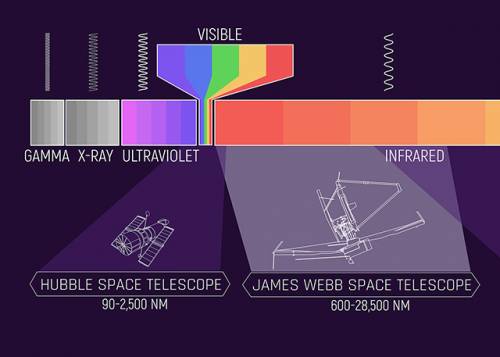
The Hubble Space Telescope collects visible light, ultraviolet, and a little bit of infrared. The Webb is primarily an infrared telescope, so it sees light with a longer wavelength than our eyes can see. This seems nerdy and technical, but it’s actually what allows Webb to look further back in time than the Hubble.
Infrared light is often very old light, due to a phenomenon called redshifting. When a light source is moving away from a viewer, it gets stretched out, morphing into longer and longer wavelengths. Because space is constantly expanding, the farthest things away from us in the universe are moving away from us. “And as light travels through space from those distant galaxies, the light is literally stretched by the expansion of space,” Straughn says.
This is also why the Webb is being launched so far away. Because Webb is an infrared telescope, it needs to be kept cold. The Earth itself is warm and glows in infrared. “Anything warm glows in infrared light,” Straughn says. “If the telescope was warm, it would just glow and see itself.” So NASA and its partners are sending the telescope to orbit a point in space called a Lagrange point, a spot where the telescope can orbit the sun, all the while staying cold and in line with the Earth.
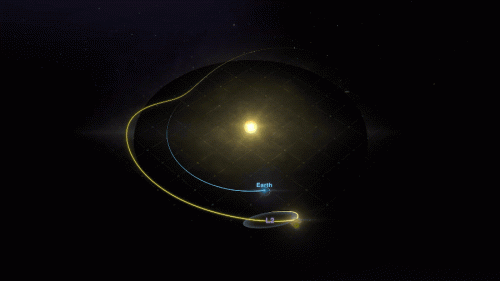

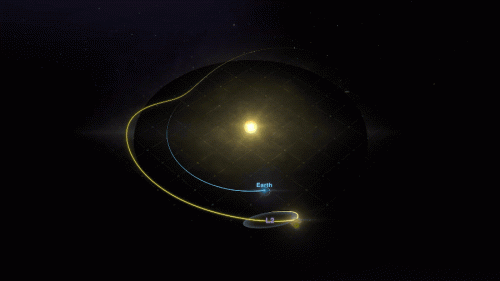
All told, these features will allow astronomers to look not only farther out in space but also further back in time. Webb will be able to search for the first stars and galaxies of the universe, and see “cosmic dawn,” a time when the universe went from being opaque and dark to transparent and filled with starlight. It will allow scientists to make careful studies of numerous exoplanets — planets that orbit stars other than our sun — and even embark on a search for signs of life there.
“We’re going right up to the edge of the observable universe with Webb,” says Caitlin Casey, an assistant professor of astronomy at the University of Texas at Austin. “And yeah, we’re excited to see what’s there.”
Further reading
- For more on the capabilities of the James Webb, how it works, and answers to the question “Where do you point a $10 billion telescope?” — check out this in-depth explainer featuring scientists who will be among the first to use the telescope for observations.
- Even the powerful James Webb has limitations, and scientists are already planning for future telescopes to observe things it can’t, like the cosmic dark ages or the inferno of the early universe right after the big bang.
Further listening
Vox’s Unexplainable podcast devoted two episodes to the James Webb Space Telescope.
The first describes the technical capabilities of the telescope, and how the telescope will help astronomers look for life on planets orbiting suns other than our own.
The second describes how astronomers will use the telescope to look for “cosmic dawn,” which is, as Casey explains, “the first [star] light that turned on at the very beginning of cosmic time.”
Will you support Vox’s explanatory journalism?
Millions turn to Vox to understand what’s happening in the news. Our mission has never been more vital than it is in this moment: to empower through understanding. Financial contributions from our readers are a critical part of supporting our resource-intensive work and help us keep our journalism free for all. Please consider making a contribution to Vox today to help us keep our work free for all.
Sourse: vox.com


